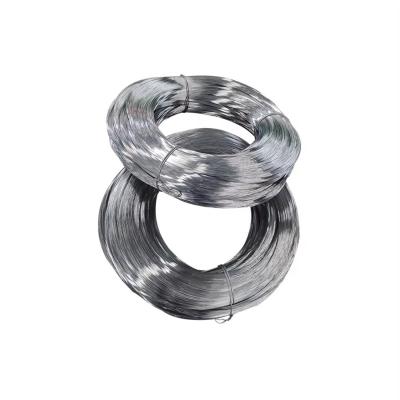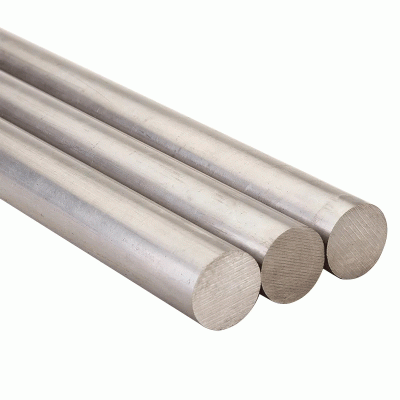Stainless Steel Seamless Tube Advantages And Disadvantages
Advantages:
Forming speed, high yield, can be made into a variety of cross section forms, to meet the needs of the use conditions; Cold rolling can produce large plastic deformation of steel, thus raising the yield point of steel. Hot rolling can destroy the casting structure of steel ingot, refine the grain size of steel, and eliminate the defects of microstructure, so that the microstructure of steel is compact and the mechanical properties are improved.
Disadvantages:
1. metal stratification - steel pipe after cold rolling, the steel internal non-metallic inclusions (mainly sulfide and oxide, and silicate) are pressed into thin sections, stratification (sandwich) phenomenon. Delamination greatly deteriorates the mechanical properties of steel along the thickness direction and may cause interlaminar tearing when the weld expands.

2. Uneven wall thickness - we are familiar with metal with thermal expansion and cold contraction, due to rolling to the end of the cold rolled out of the steel pipe even in length and thickness are up to standard, and finally after cooling there will be a certain negative difference, the greater the negative difference, the worse the uniformity of the wall thickness. Therefore, the wall thickness, length, straightness and ellipticity of cold rolled seamless antibacterial stainless steel tubes cannot be too correct.
3. Residual stress -- due to uneven cooling, all kinds of cross-section steel pipe have residual stress, the greater the cross-section size of steel, the greater the residual stress, under the action of external force has a certain impact on the performance. Such as deformation, stability, fatigue resistance and other aspects may have adverse effects.
4. Poor surface finish -- The tensile marks on the inner surface of the steel pipe are longitudially distributed, showing symmetry or single straight line folding, some of which are of general length and some of which are local.
Seamless tube because of the complexity of the production process, wall thickness uniformity is poor, both inside and outside wall surface roughness is bad, in the actual operation is very easy to make chloride (or sulfur ions) material (such as organic matter) binding on the antibacterial stainless steel wall, form a local hypoxia acid environment, make the inner surface passivation membrane dissolved lost to the protection of the metal, metal directly contact with the medium in the acidic environment, As the anode loses electrons and forms hydroxide with water, the hydroxide in the hydroxide is replaced by chloride and dissolved in water, reducing the anode passivation. As a cathode, the adhesive captures the hydrogen ions generated by the inner wall and forms hydrogen, which is discharged outward together with the reaction products of the inner wall metal. With the deepening of the reaction, the metal in the tube wall is constantly corroded away and forms pitting corrosion, which gradually deepens and increases. When the temperature rises above 50 degrees, pitting accelerates, and the higher the temperature, the faster the pitting speed. Stress corrosion also occurs under high stress conditions and presents stress corrosion propagation characteristics. In addition, seamless pipe in the welding process will produce a variety of unstable factors, not easy to weld and weld impenetrable.



